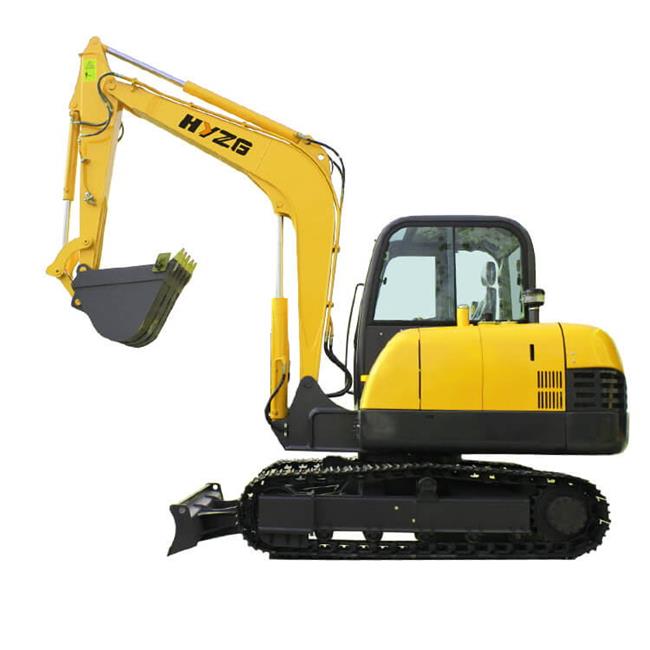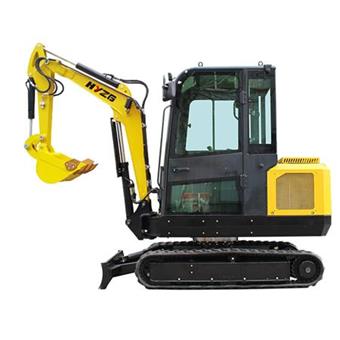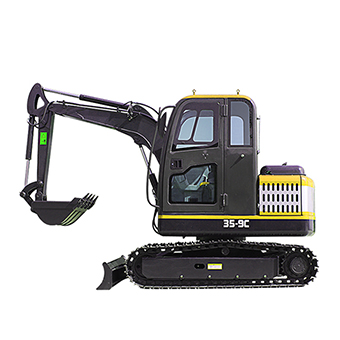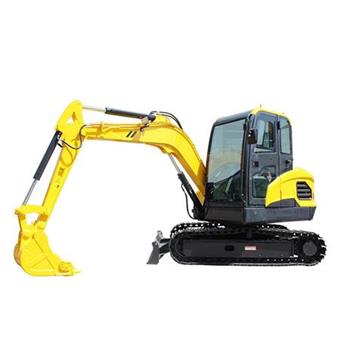
News
Excavators are vital machines in the construction and mining industries. Among the different types, crawler and wheel excavators are the most commonly used. Understanding their differences can help businesses choose the best machine for their needs.

Crawler excavators, also known as tracked excavators, are equipped with tracks instead of wheels. This design offers stability and traction on uneven terrain.
Superior Stability: Ideal for steep or muddy conditions.
Better Traction: Operates effectively on rugged terrain.
Heavy-duty Performance: Suited for demanding projects like mining.
Speed: Slower compared to wheel excavators.
Transportation: Trailers are required to move between sites.
Crawler excavators are often used in mining, forestry, and large-scale earthmoving projects.
Wheel excavators are equipped with rubber tires, making them versatile and faster on paved roads.
Speed and Mobility: Quickly move between job sites.
Road-Friendly: Causes less damage to road surfaces.
Lower Operating Costs: Requires less maintenance compared to tracks.
Stability: Less stable on uneven terrain.
Traction: Limited performance on rugged or muddy surfaces.
Wheel excavators are used in urban construction, roadwork, and utility maintenance.
Choosing between a crawler and a wheel excavator depends on your project needs. Crawler excavators excel in rugged environments, while wheel excavators offer speed and versatility for urban settings. Analyze your specific requirements to select the ideal excavator for your operations.
Crawler excavators are better suited for mining due to their stability and traction on uneven terrain.
Yes, wheel excavators have lower operating costs and are more efficient for urban projects.
Wheel excavators are less effective on muddy or uneven surfaces compared to crawler excavators.
They are usually transported using trailers due to their slower speed.



